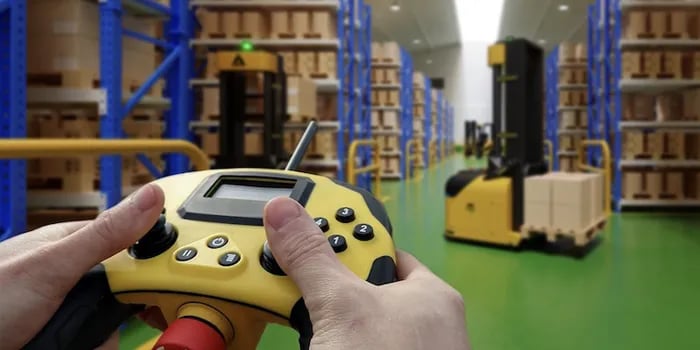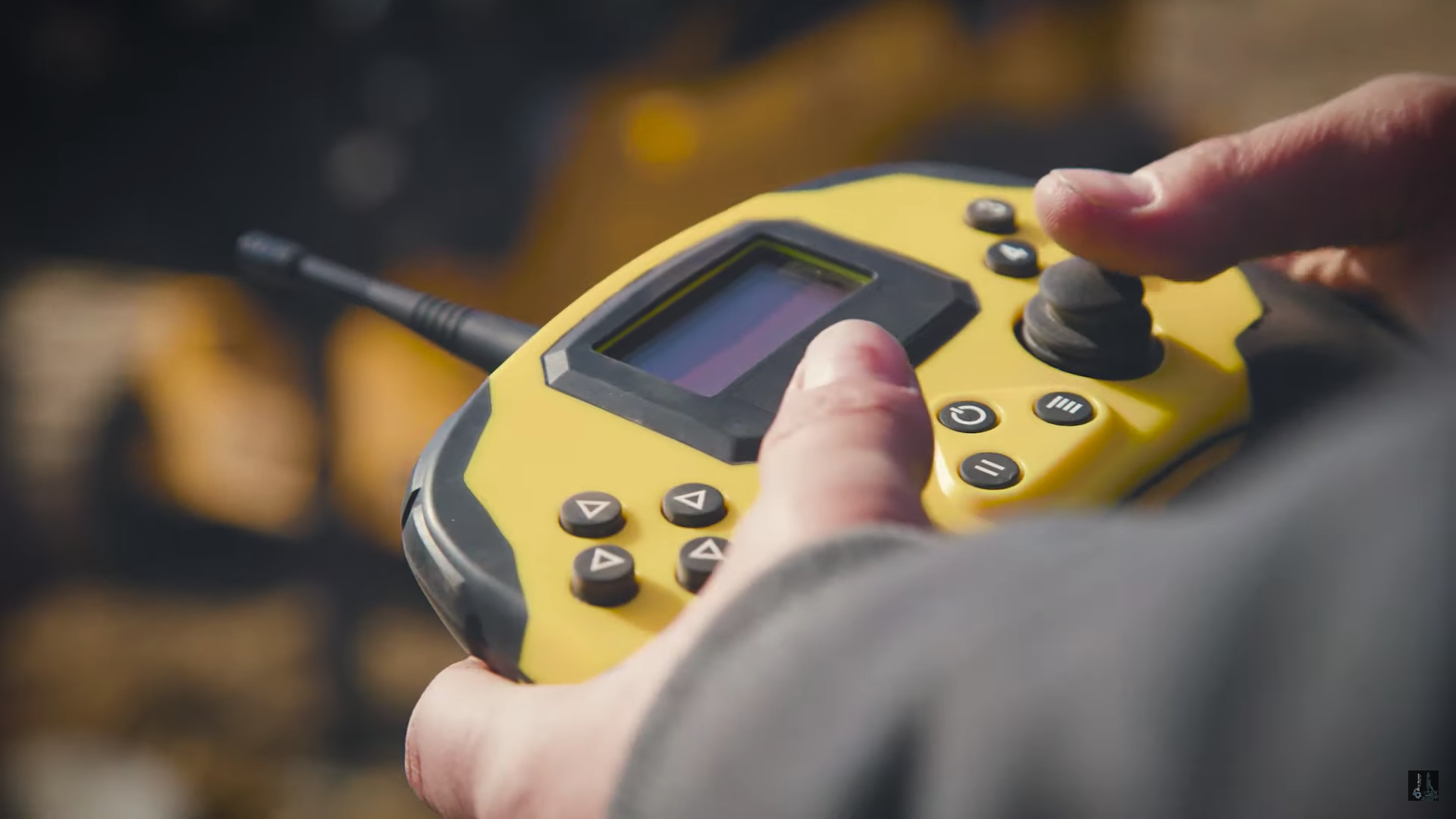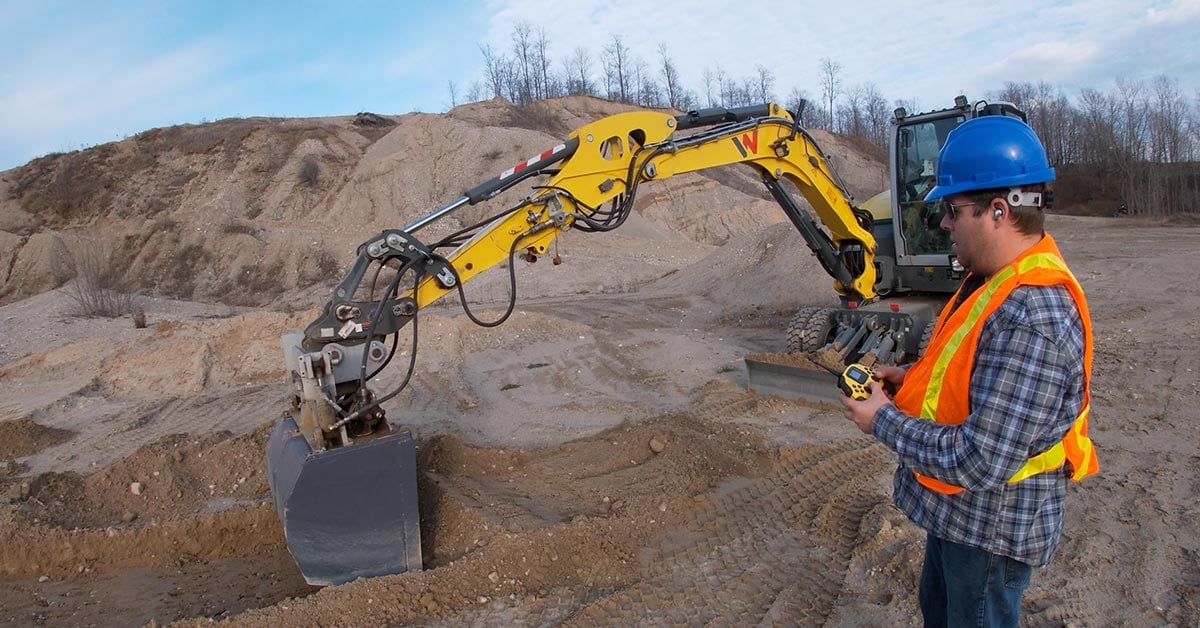3 Ways Robots Are Making Construction Safer

When properly employed, construction robotics, autonomous machines and smart technology can improve construction site safety.
The construction industry is high-risk, with frequent accidents and injuries. However, the use of robots in construction has the potential to make job sites safer by automating dangerous tasks and reducing the need for human workers to perform them.
Remote controlled or autonomous equipment and wearable technology are just a few examples of how robots and automation can make construction sites safer. By embracing these technologies, the construction industry can improve worker safety, reduce the number of accidents and injuries, and ultimately save lives.
While construction companies are required to follow safety protocols and guidelines, accidents still occur due to human error or unforeseen circumstances.
According to the Occupational Safety and Health Administration (OSHA), one in five worker deaths in the United States is in the construction industry.
Let’s explore some of the most common types of construction accidents, the statistics surrounding them, and functionally safe ways that automation can make construction sites safer.
Most Common Types of Construction Accidents
According to the National Safety Council (NSC) Injury Facts, construction is one of the most dangerous industries in the United States, with a fatality rate higher than the national average for all industries.
The Bureau of Labor Statistics (BLS) Occupational Safety and Health Statistics program found that construction site fatalities in 2021 accounted for the second-highest workplace injuries in the US.
The most common causes of construction fatalities are falls, being struck by an object, electrocutions, and being caught in/between machinery. Falls are the leading cause of construction fatalities. In 2021, the number of work-related fatalities caused by falls, slips, and trips rose by 5.6%, reaching a staggering 850 fatalities compared to the 805 recorded in 2020.
Construction workers also face a high risk of non-fatal injuries on the job. According to OSHA, there were 21,400 non-fatal injuries in construction in 2020.
Given the high risk of accidents in the construction industry, there is a growing interest in using technology to improve safety on the job site. Robotics and other forms of automation have the potential to reduce the risk of accidents by taking on dangerous tasks and keeping workers out of harm's way.
3 Ways to Improve Construction Site Safety
When used properly, automation can help prevent construction accidents and even save lives. They can also boost productivity and streamline site operations.
Here are three effective ways that robots, automation, and other smart technology can help reduce injuries, damages, and downtime for the construction industry:
1. Remote Operation
Remote-controlled and teleoperated machines allow work to happen wherever it's safest. A remote-controlled excavator, trencher, or bulldozer takes an operator out of the cab to work from a stable location with the best visibility, protecting both the operator and others on site. This can reduce the risk of injury from falling objects or other hazards.
By using remote-controlled machinery, construction sites can minimize the presence of workers in potentially dangerous areas.
For example, in situations where there is a risk of collapse or unstable ground conditions, operators can control machines from a safe location onsite or even from an off-site location, reducing the need for human workers to be physically present in those hazardous areas.
2. Autonomous Equipment
Autonomous worksite equipment can perform repetitive and strenuous tasks, like lifting or laying bricks. This reduces the need for human workers to be in dangerous positions, such as working in trenches or on high platforms, and reduces the need for difficult physical labor.
Autonomous equipment can be programmed to perform tasks accurately and consistently. The risk of fatigue-related accidents and injuries from repetitive motion is reduced by eliminating the need for human workers to engage in repetitive tasks. This helps maintain a high level of safety and reduces the likelihood of associated injuries.
Dangerous tasks that involve working in trenches or on elevated platforms can be assigned to autonomous equipment. These machines can perform the work while keeping human workers at a safe distance. By minimizing the exposure of workers to potentially life-threatening situations, construction site safety is significantly improved.
3. Wearable Technology
Wearable technology, such as wireless e-stops and smart helmets, can provide workers with real-time feedback and alerts, reducing the risk of accidents and injuries.
For example, wireless emergency stop devices can assist workers in immediately stopping machines, reducing the risk of injuries and fatalities.
A wireless emergency stop is a wearable device that can be attached to a belt or to clothing and worn as PPE (Personal Protection Equipment.) In the event of an emergency, workers can trigger the wireless e-stop to immediately stop nearby machines or equipment. This rapid response capability helps prevent accidents and injuries by quickly halting potentially hazardous operations. This can be especially helpful when working around autonomous equipment.
By incorporating these measures into construction site safety practices, autonomous systems, and wearable technology can play vital roles in reducing injuries, damages, and downtime on construction sites.
Increasing Construction Site Safety
A recent survey of construction workers found that while 30% thought new technology could make their work safer, 46% were concerned about perceived safety risks with robotic technology.
Education is still needed to show how construction robots can be used safely, with proper protocols to ensure safety is not compromised.
If autonomous systems are going to play a meaningful part in the transformation of construction worksites, companies will need to consider what safety really means, especially for the connected, smart worksite.
Our understanding of protection must extend beyond hard hats and goggles to include the functional and operational measures that allow people and machines to collaborate safely across worksites. This also means implementing cybersecurity for newly connected machines to manage access and reduce hacking opportunities at every endpoint.
At FORT, we help customers in construction and other industries mitigate complex risks for a variety of autonomous, semi-autonomous, and manual machines.
FORT remote controls have built-in safety features like safety-rated emergency stop buttons and drop sensors, and our wireless communication system ensures reliable and secure communication to, from, and between machines.
Construction site accidents can result in serious injuries and even fatalities. Robots can play a crucial role in reducing these accidents. By implementing these autonomous technologies, construction worksites can improve safety, efficiency, and productivity.
FORT is here to solve the new safety and security challenges posed by smart machines today and to help you build a strong foundation for the worksite of the future.
Schedule a consultation below to talk with an expert about your machine safety challenges.







